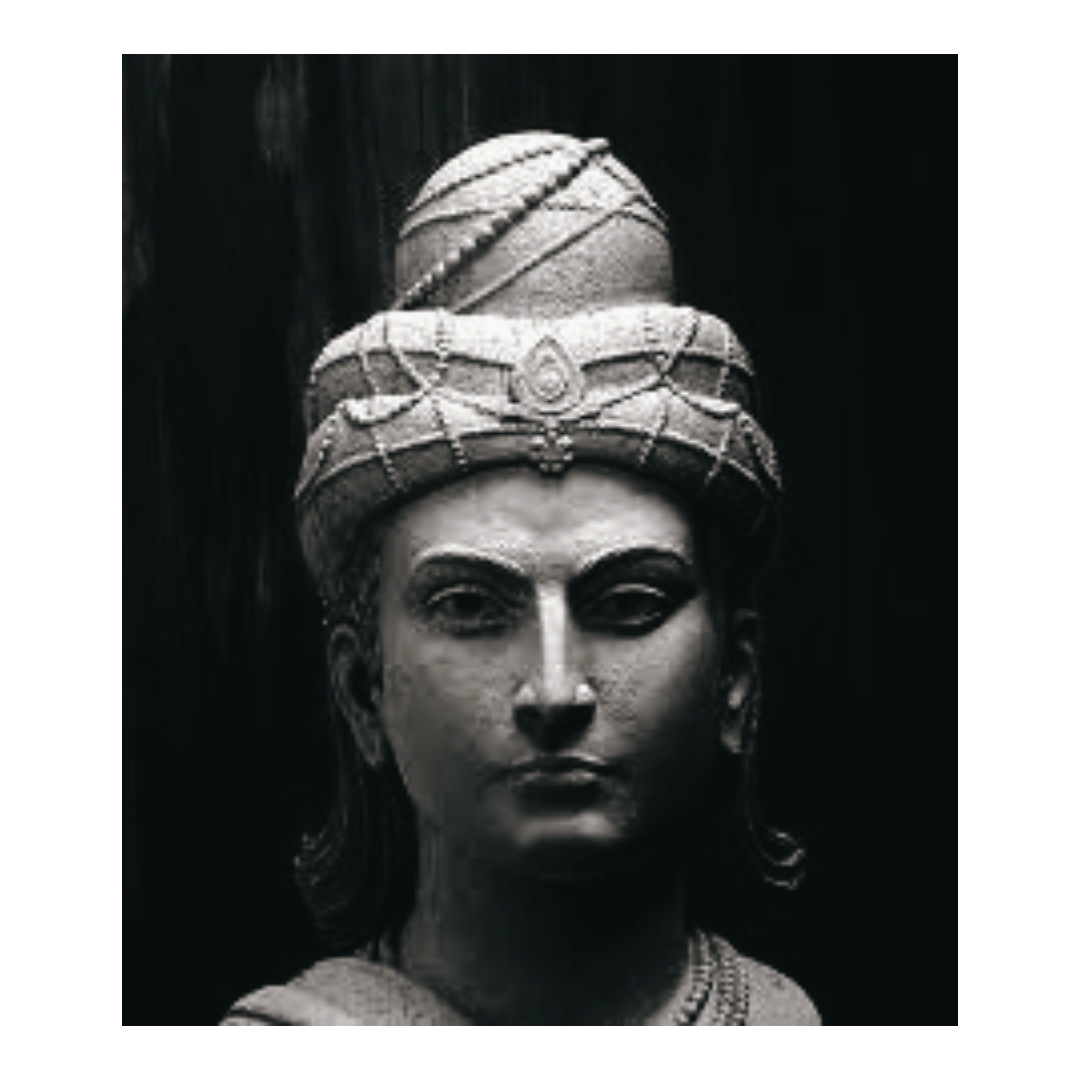Padmasambhava Statue in Swat, An Asset for Religious Tourism

Swat A Historical Beautiful Piece of Land
Swat Valley in Pakistan is known for its stunning natural beauty and rich cultural heritage. This piece of land, often referred as the “Switzerland of the East,” is a picturesque valley nestled in the majestic Hindu Kush mountain range. With its lush greenery, gushing rivers, and snow-capped peaks. The valley has witnessed the rise and fall of various civilizations, leaving behind numerous archaeological treasures. The region has historically been an important center for Buddhism, and there are several ancient Buddhist sites and artifacts scattered throughout the valley. One such artifact is the famous Pabamsambawa statue, which could indeed be a significant symbol for religious tourism in Swat.
The Padmsambawa statue, also known as the Buddha of Swat, is a large rock carving of Buddha located near the town of Mingora in Swat. It dates back to the 7th century and is considered one of the most important Buddhist relics in the region. The statue is carved into a cliff face and depicts Buddha in a meditative posture, showcasing exceptional artistic skill and cultural significance.

Padmasambhava, also known as Guru Rinpoche, is a known figure in Tibetan Buddhism, his life and teachings continue to inspire millions of people around the world. This article shed the light on the birth of Padmasambhava in Swat, an enchanting valley in present-day Pakistan. It explores the significance of this event in shaping his spiritual journey.
Padmasambhava’s Birth in Swat:
According to Tibetan Buddhist traditions, Padmasambhava’s birthplace believed to be in the Swat Valley. His birth occurred in the year 747 CE, in a place called Urgyen, located in present-day Odigram, Swat. The exact details of his birth and early life remain shrouded in mystery, with various accounts and legends adding to the charisma adjacent this noteworthy divine major. According to history he helped to construct the first Budhist monastery in Tibet.
Early Life and Education:
As a child, Padmasambhava displayed extraordinary wisdom and spiritual inclinations. He received a comprehensive education, studying under renowned scholars and masters of his time. His profound intellectual capabilities and spiritual insights quickly became apparent, earning him the respect and admiration of his teachers and peers.
Meeting His Guru:
One of the pivotal moments in Padmasambhava’s life was his encounter with his primary guru, the great master Shri Singha. Under Shri Singha’s guidance, Padmasambhava inquired deeper into the teachings of Buddhism, tantric practices, and the esoteric wisdom of the time. This transformative association marked the beginning of a lifelong spiritual journey for Padmasambhava.
Leaving Swat and Spreading Buddhism:
After years of intensive training, Padmasambhava embarked on a journey that would shape the destiny of Tibetan Buddhism. Leaving Swat behind, he traveled to Tibet, where he played a vital role in the establishment and dissemination of the religion. His teachings and profound spiritual practices continue to cherished by Tibetan Buddhists and have had a lasting impact on the region’s cultural and religious landscape.

Legacy and Impact:
Padmasambhava’s legacy extends far beyond his birthplace in Swat. Revered as the “Second Buddha” by many, he was hailed as the principal figure responsible for the introduction of Buddhism in Tibet. His teachings, known as the “terma” tradition, continue to be discovered and practiced by devoted followers. Padmasambhava’s spiritual influence also extends to other Himalayan regions and has become a source of inspiration for countless individuals seeking enlightenment.
Padmasambhava Statue in Swat, an Asset for Religious Tourism in Pakistan:
For religious tourists, the Pasamsambawa statue holds immense value as a symbol of Buddhist history and spirituality. It attracts visitors interested in exploring ancient religious sites, studying Buddhist art and philosophy, and immersing themselves in the serene atmosphere that the statue and its surroundings provide.

To promote religious tourism, the local authorities can take several steps. They can develop proper infrastructure and facilities such as visitor centers, guided tours, and well-maintained pathways leading to the statue. Information boards and signage can be install to provide historical and cultural context to visitors. Additionally, organizing cultural and religious festivals or events in the vicinity can further enhance the experience for tourists.
Moreover, it is essential to ensure the preservation and protection of the Pabamsambawa statue. This can be done by implementing conservation measures, such as regular inspections, controlled visitor access, and educational programs on the significance of the statue. Local communities can also be involved in the process, fostering a sense of ownership and pride in their cultural heritage.
By promoting the Padmsambawa statue as a symbol for religious tourism, Swat Valley can attract visitors from around the world who are interested in exploring the region’s Buddhist history and experiencing its unique cultural offerings. It can contribute to the local economy, create employment opportunities, and raise awareness about the importance of preserving cultural heritage.


